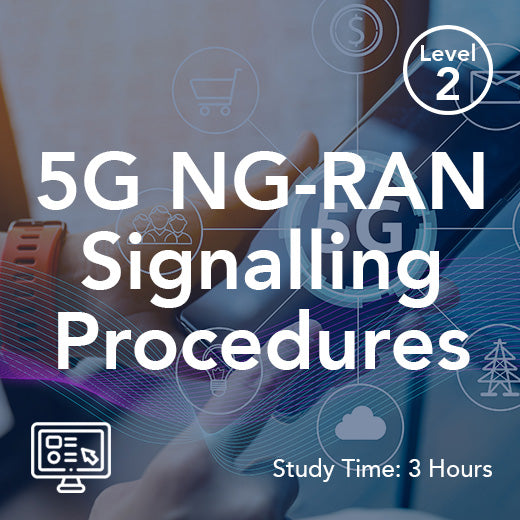QAM Quadrature Amplitude Modulation
- , by Paul Waite
- 2 min reading time
Quadrature Amplitude Modulation, or QAM, is a crucial concept in the realm of telecommunications that has significantly influenced the way data is transmitted over networks. In the United Kingdom, where the demand for faster and more reliable communication services continues to grow, understanding QAM is essential for anyone seeking to grasp the intricacies of modern telecommunications technology.
QAM is a modulation scheme that conveys data by altering the amplitude of two carrier waves, which are out of phase by 90 degrees. This method allows for the transmission of multiple bits per symbol, making it highly efficient in terms of bandwidth utilization. In the context of the UK's telecommunications landscape, where the need for high-speed data transfer is ever-present, QAM plays a pivotal role in enabling the delivery of services such as broadband internet, digital television, and mobile communications.
The adoption of QAM has revolutionized the way data is transmitted over various types of networks in the UK. By allowing for the encoding of multiple bits per symbol, QAM enables higher data rates to be achieved within the same bandwidth, thus maximizing the efficiency of data transmission. This is particularly important in a country like the UK, where the demand for data-intensive services continues to rise, driving the need for more advanced modulation techniques like QAM.
In the realm of broadband internet services, QAM has been instrumental in enabling the delivery of high-speed connections to homes and businesses across the UK. By utilizing higher order QAM constellations, service providers are able to achieve faster data rates over existing infrastructure, meeting the growing demand for bandwidth-intensive applications such as video streaming, online gaming, and cloud computing. This has not only enhanced the user experience but has also paved the way for the development of new digital services that rely on high-speed internet connectivity.
Moreover, in the realm of digital television, QAM has played a key role in enabling the transmission of high-definition content to viewers in the UK. By employing sophisticated QAM modulation schemes, broadcasters are able to deliver crystal-clear images and immersive audio to audiences, enhancing the overall viewing experience. This has been particularly important in an era where consumers expect nothing but the best in terms of audiovisual quality, driving the need for advanced modulation techniques like QAM.
In the mobile communications sector, QAM has been instrumental in enabling the delivery of high-speed data services to users across the UK. By leveraging QAM modulation, mobile operators are able to maximize the efficiency of their spectrum resources, allowing for faster data rates and better coverage. This has been crucial in meeting the increasing demand for mobile data services, driven by the proliferation of smartphones, tablets, and other connected devices in the UK.
In conclusion, QAM stands as a cornerstone of modern telecommunications technology in the UK, enabling the efficient transmission of data over various types of networks. Its impact can be felt across a wide range of services, from broadband internet to digital television to mobile communications, shaping the way we communicate and interact in the digital age. As the demand for faster and more reliable communication services continues to grow in the UK, the importance of QAM in enabling the delivery of these services cannot be overstated.


































